The 25th
LaureatePainting
Michelangelo Pistoletto
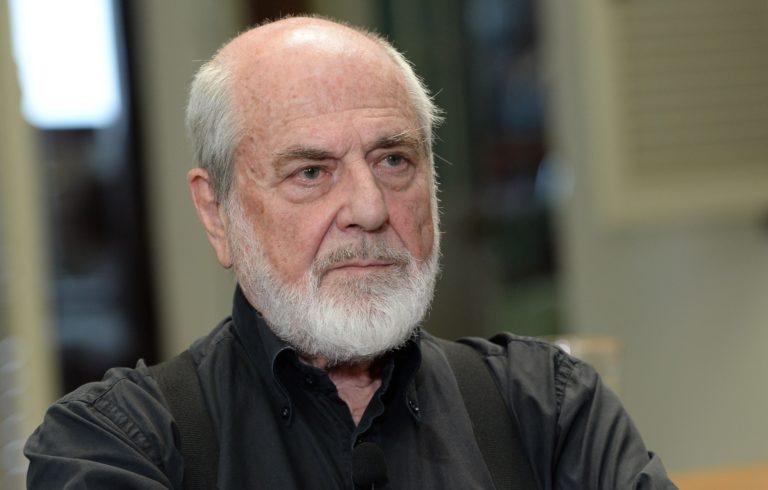
A leading figure in the development of the Italian 'Arte Povera' movement,Michelangelo Pistoletto is best known internationally for his 1962 "Mirror Paintings" – painted figures on sheets of mirror-finished stainless steel.
Born in Biella in the northern part of Italy,Pistoletto started painting in the 1950s. It was as painting a self-portrait with the traditional help of the mirror beside,that he started to pay attention to the outer space around himself – this sense of the outer space has been given life in his "Mirror Paintings" where the mirror reflects its surroundings and the viewer as a part of the artwork.
These unique works,juxtaposing the past and the present,the two dimensional world and three-dimensional space,producing the fourth dimension (that is the time),have become the basis for his work and his artistic theory.
In 1998,he established in a 19th century textile mill in Biella,Cittadellarte - Fondazione Pistoletto,an experimental institution created to encourage the combining of art with various social activities. He continues to search vigorously for a way to enhance social development based on artistic creativity and he is a vital voice in the world of modern art.
A major retrospective of his works was opened at the Louvre in Paris this April.
Biography
Since the Renaissance era,paintings have frequently been compared to mirrors,reflecting the sitter or the artist. Michelangelo Pistoletto has taken the concept one stage further and has become world renowned for his “Mirror Paintings”; a series of paintings on sheets of mirror-like stainless steel.
The mirror reflects not only its surroundings but also involves the viewer as part of the artwork. Time and space are fixed in traditional paintings,but in Pistoletto’s Mirror Paintings,the past and the present,the two dimensional world and three dimensional space are juxtaposed. This unique artistic expression,juxtaposing and contrasting reality and created images,has become the basis of Pistoletto’s later work and artistic theory.
He was born into an artistic family in Biella in the northern part of Italy. His father was a picture restorer and Pistoletto worked in his studios from an early age. At fourteen he painted a self-portrait – marking the beginning of his life as an artist. He continued to create self-portraits in the hope that he could find his own identity,but realized that to know himself,he had to know more about the things that surrounded him.
He started to look more closely at the space around himself in these self-portraits. The backgrounds he painted changed from silver to gold and to bronze. He found that when he used glossy black backgrounds,he could capture reflective images. That led to the concept of the Mirror Paintings; contrasting painted portraits with backgrounds that reflect the viewer and their surroundings – Pistoletto’s unique creative identity.
In 1960s,however,he became deeply involved with the avant-garde Arte Povera movement in Italy,becoming one of its leading exponents. As a result he stopped using traditional materials such as paint and canvas and started to use items that could be found in daily life such as wood,stones and cloths.
Venus of the Rags (1967),one of his masterpieces,shows a sharp contrast between a pile of rags used in daily life and a plaster figure of Venus,the symbol of eternal beauty,juxtaposing the past and the present,the world of art and the world of daily life and is a perfect expression of the Arte Povera imagination.
Pistoletto believes in the importance and responsibility of art in society,believing that society would develop in a more positive way if it were based on artistic creativity. In 1998,he established Cittadellarte―Fondazione Pistoletto,an experimental facility in a 19th century textile mill in Biella with the aim of providing a location where art and various social activities could be combined.
His creative energy continues to impact on the world of modern art and most recently (April to September 2013) a major retrospective of his works was held at the Louvre in Paris.
Chronology
-
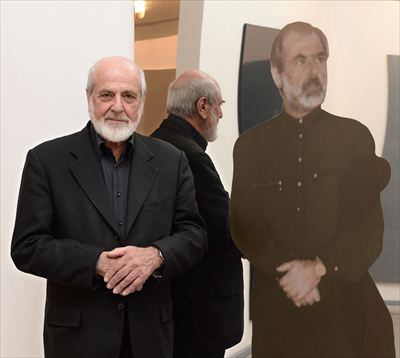
With Autoritratto
-
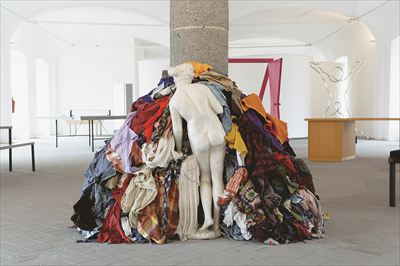
Venere degli stracci
-
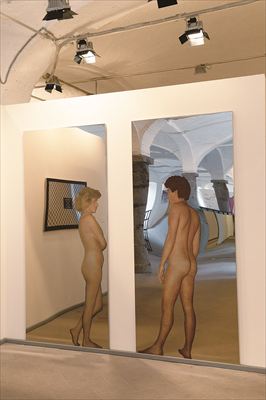
Adamo ed Eva
-
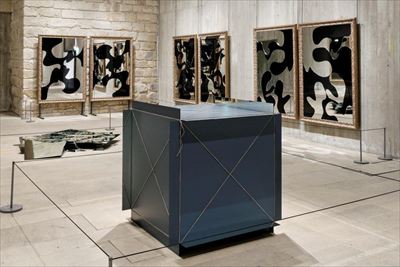
Metrocubo d’Infinito
-
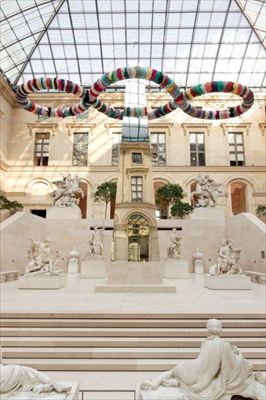
Il Terzo Paradiso
-
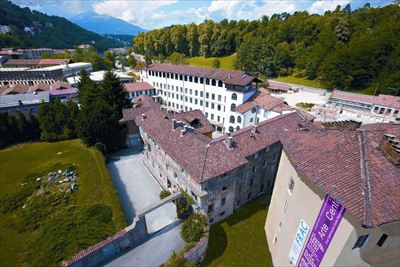
Cittadellarte

